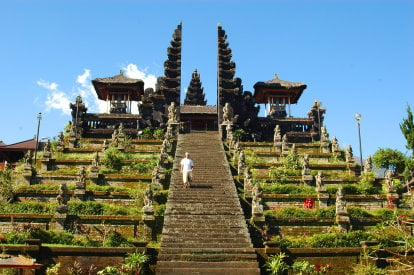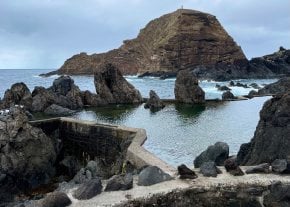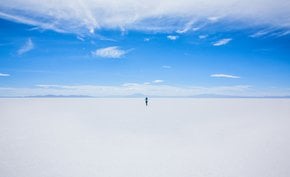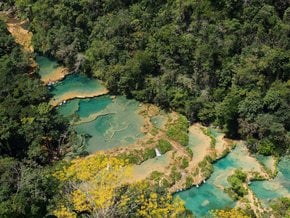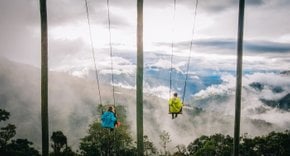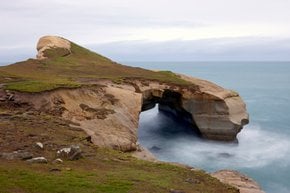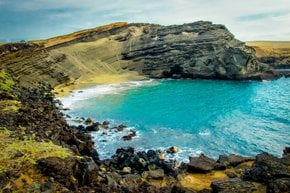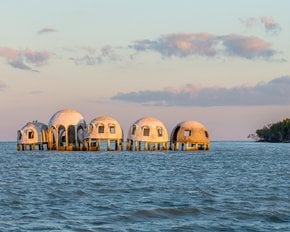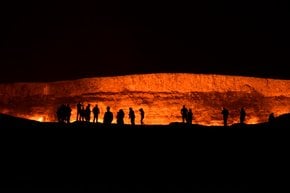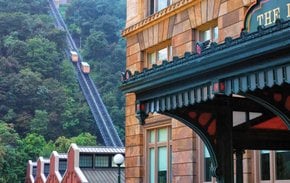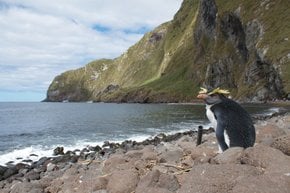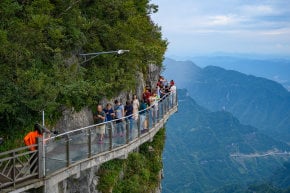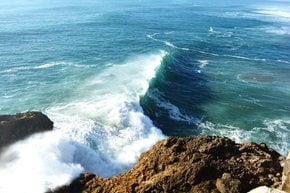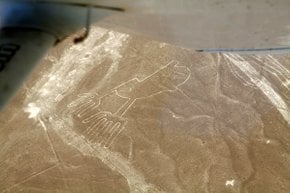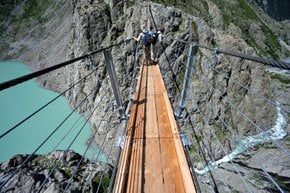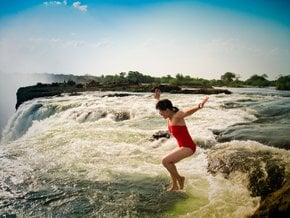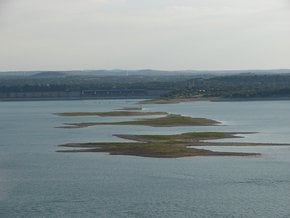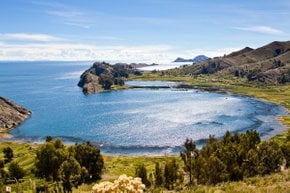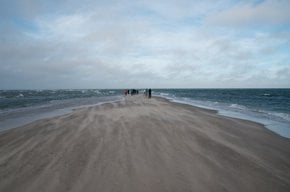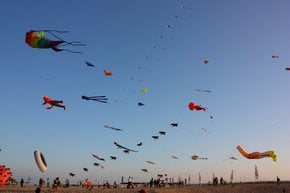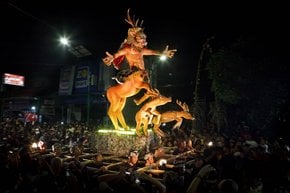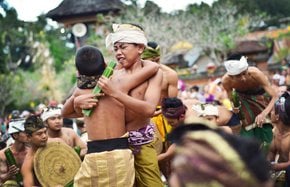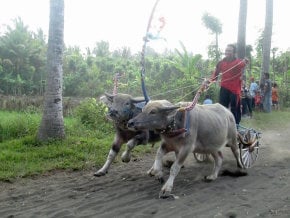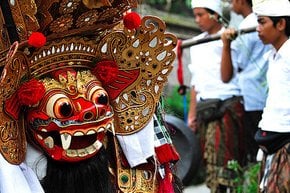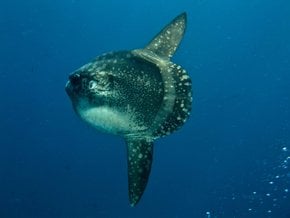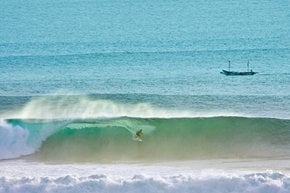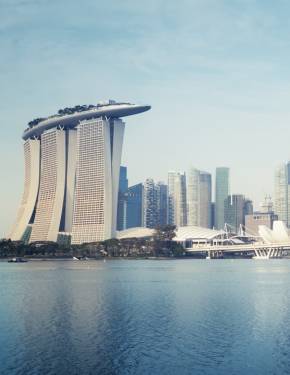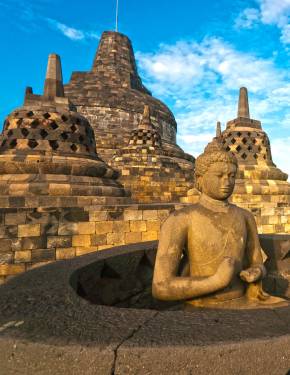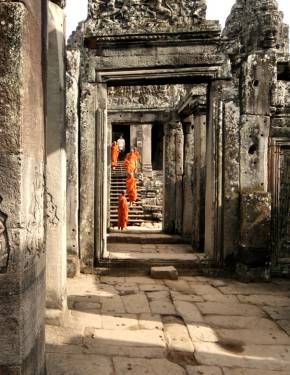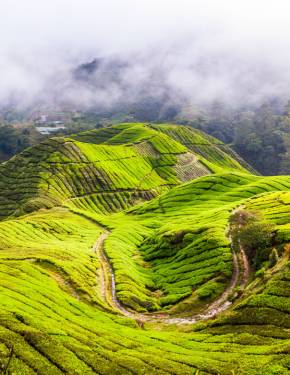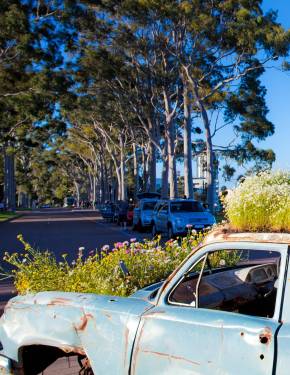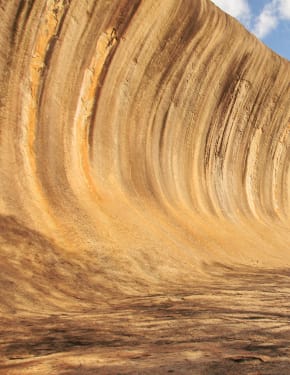Besakih Temple in Bali 2026
Discover the timeless allure of Bali's Besakih Temple, where ancient tradition meets breathtaking beauty
Best time: mid-January–mid-April | mid-September–mid-December
Pura Besakih, known as the Besakih Temple, faces the majestic peak of Mt. Agung, believed to be the abode of the gods, and stands at an elevation of 900 meters in the village of Besakih in eastern Bali.
Name Meaning
The name Besakih originates from the word "Basuki," derived from the classical Sanskrit term "Wasuki," meaning Salvation. In Samudramanthana mythology, the name "Besuki" refers to the Dragon God "Naga Besukian," who is believed to inhabit Gunung Agung, the main volcano in Bali.
Mother Temple of Bali
Besakih, also known as the Mother Temple of Bali, is the island's most important temple. In fact, It is a complex of temples within a large compound, renowned for its dramatic location on the southern slopes of Sacred Mount Agung.
Temple History & Significance
The grand temple complex of Besakih has been revered as a holy site since ancient times. The first recorded mention of its existence dates back to an inscription from 1007 AD. By the 15th century, Besakih was recognized as the central temple of Hinduism in Bali. At the heart of the complex is Pura Penataran Agung, or the "Great Temple of State," which serves as Bali's main place of worship. This central area comprises twenty-two temples on six ascending terraces set on parallel ridges.
Best Time to Visit
The Besakih Temple is a popular tourist destination in Bali, often bustling with visitors year-round. During the full moon, the temple becomes especially crowded as Balinese pilgrims gather for rituals. The temple is most elaborately decorated during the Odalan festival, celebrated every 210 days. This period offers a unique opportunity to witness traditional ceremonies, though it may not be ideal for those who prefer less crowded places. Thus, the best time to visit Besakih Temple in Bali is during the low tourist season, which typically falls between mid-January to mid-April or mid-September to mid-December. While the temple complex is open 24 hours a day for worship, visiting hours for tourists are from 8 am to 6 pm. It is better to visit in the morning to enjoy a nicer view and avoid the midday heat.
Entrance
Visits to the Besakih Temple require an entrance fee of IDR 60,000 per person. Tickets can be purchased at the ticket counter located in the parking area, just before the entrance gate of Pura Besakih. Payment must be made in cash (Indonesian Rupiah).
Dress Code
Proper attire includes a top and a sarong. If you forget to bring one, numerous shop vendors nearby are eager to provide a solution. Rental options are also available at the entrance.
Getting There
To reach Besakih from Kuta, visitors should head east towards Sanur, then follow the coastal route connected to the Kusamba Bypass at Tohpati. From there, continue north until you see the road sign indicating the route to Besakih. If you're staying around Klungkung, Besakih is approximately 20 kilometers north of the town center. For those coming from the north of Denpasar, it's about 25 kilometers (15,5 miles) by car. Alternatively, visitors staying in the eastern part of Bali, such as Tirta Gangga, Candidasa, or Amed, can take a smaller inland road from Karangasem. This road will lead them to the crossroad between Besakih and Klungkung at Rendang, where they should turn right to reach Besakih Temple.

